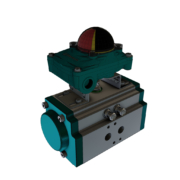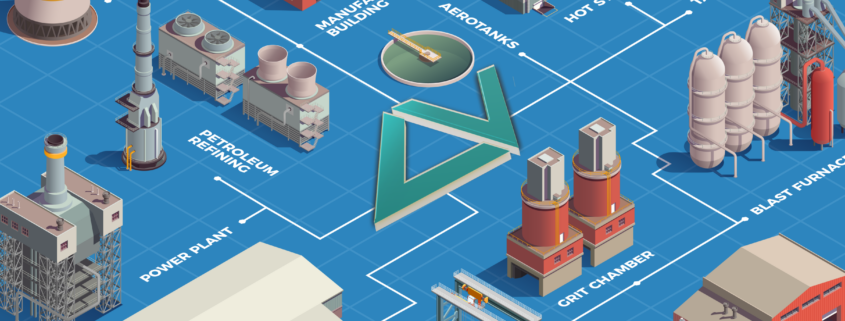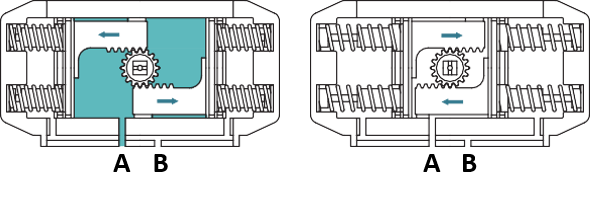Pneumatic actuators are key components in fluid control systems, allowing for accurate control of valves in a variety of industries. While basic pneumatic actuators offer simple on/off functions, there are situations where more control is needed. This is where three-position pneumatic actuators come in. This article explains how these specialized actuators work, why they’re beneficial, and where they’re commonly used.
WHAT ARE THREE-POSITION PNEUMATIC ACTUATORS ?
Regular pneumatic actuators usually have two states: open and closed. Three-position actuators add a middle state, providing an extra layer of control. This makes them useful in systems that require not just binary open/closed positions, but also something in between.
HOW THEY WORK :
The actuator operates through a mix of air pressure and specific design elements. It has three main positions:
- Open State:
- In this state, the actuator allows the maximum amount of fluid to pass through the valve. Air pressure pushes the actuator’s internal mechanism to achieve this.
- Intermediate State:
- The middle state provides limited flow control, offering a spectrum of flow rates between fully open and fully closed. The air pressure can be adjusted to hold the valve in this position.
- Closed State:
- In the closed state, the actuator prevents any fluid from flowing. Opposing air pressure is applied to close the valve securely.
BENEFITS AND USES :
Three-position actuators offer several advantages and are used in multiple industries:
- Better Control: The intermediate state offers nuanced control over fluid flow, useful in processes requiring gradual adjustments.
- Efficiency: They help in refining complex industrial processes, making operations more efficient.
- Batch Processes: These actuators are great for tasks needing precise volume control, like batch processing.
- Mixing Tasks: They’re useful in processes that involve mixing different fluids.
IMPORTANT FACTORS :
While offering added control, the implementation of three-position actuators needs special consideration:
- Compatibility: They must be well-integrated with the existing control system for smooth position transitions.
- Valve Types: The valve paired with the actuator should be capable of three-position control.
- Pressure Management: Air pressure must be carefully managed for accurate positioning.
CONCLUSION :
Three-position pneumatic actuators offer more flexibility and control in fluid management systems. Their unique feature of an intermediate state allows for enhanced process control, making systems more efficient and reliable. Knowing how to properly utilize these actuators can greatly improve performance in complex industrial settings.


 Air to port A forces the pistons outwards, causing the springs to compress, The pinion turns counterclockwise while air is being exhausted from port B.
Air to port A forces the pistons outwards, causing the springs to compress, The pinion turns counterclockwise while air is being exhausted from port B.